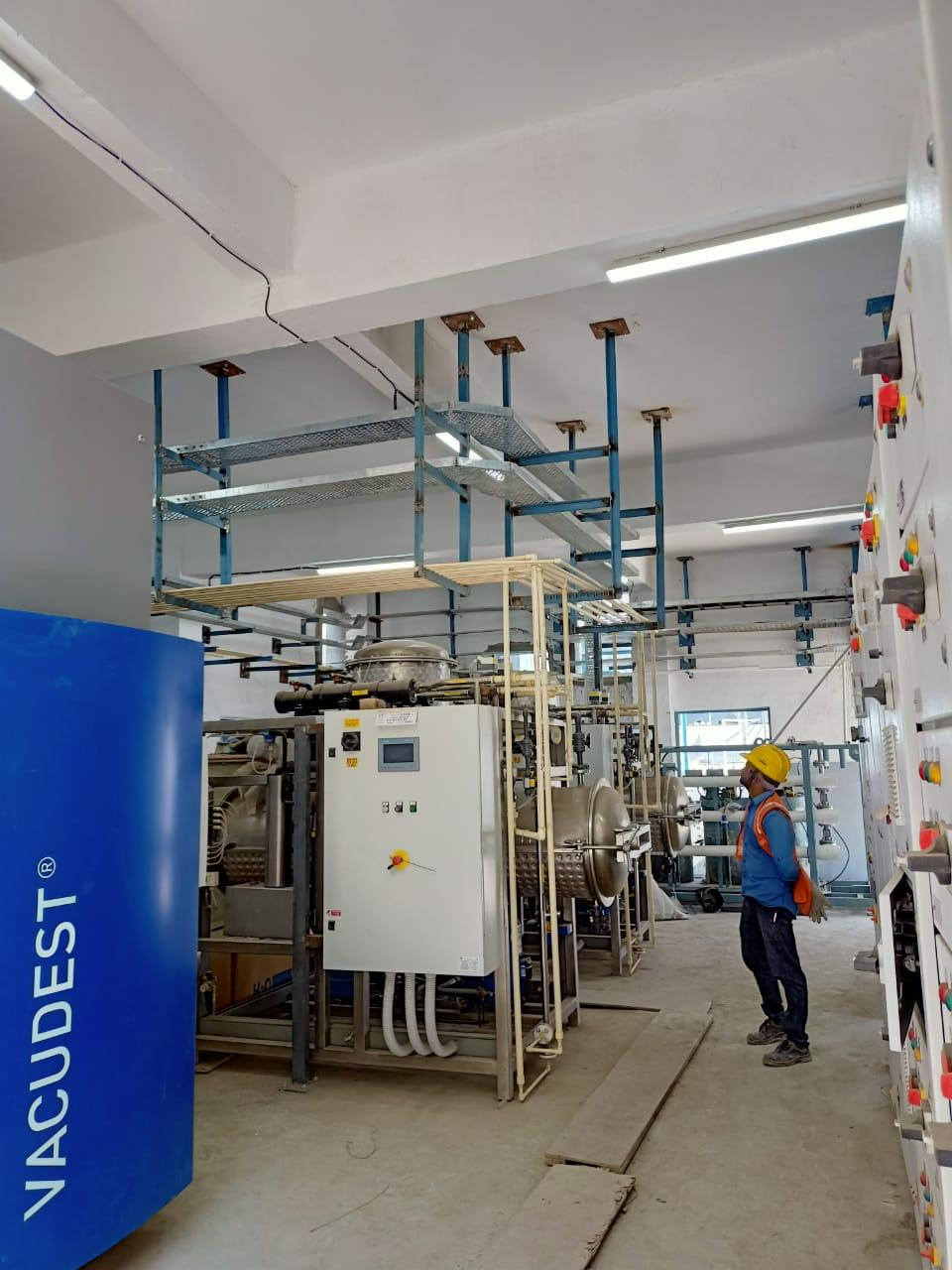Zero Liquid Discharge (ZLD) systems have emerged as a sustainable solution to address the challenges of water scarcity and pollution. By eliminating liquid waste discharge, these innovative systems play a crucial role in preserving water resources and protecting the environment. In this comprehensive guide, we delve into the workings of ZLD systems, exploring their components, processes, and benefits.
At its core, Zero Liquid Discharge is a water treatment process that aims to recover all wastewater generated by an industrial operation, leaving behind no liquid effluent for discharge. Unlike traditional wastewater treatment methods that may produce significant volumes of discharge, ZLD systems treat wastewater to stringent standards, enabling the reuse of treated water and the recovery of valuable resources.

Zero Liquid Discharge (ZLD) systems represent a pioneering approach to water treatment, offering a sustainable and integrated solution to manage wastewater effectively. By eliminating liquid waste discharge and maximizing resource recovery, ZLD systems play a vital role in promoting water conservation, environmental protection, and industrial sustainability. As industries strive to address the challenges of water scarcity and pollution, ZLD emerges as a critical technology to ensure the responsible stewardship of water resources for generations to come. Through ongoing innovation, investment, and collaboration, we can unlock the full potential of ZLD systems and create a more water-secure and resilient future.